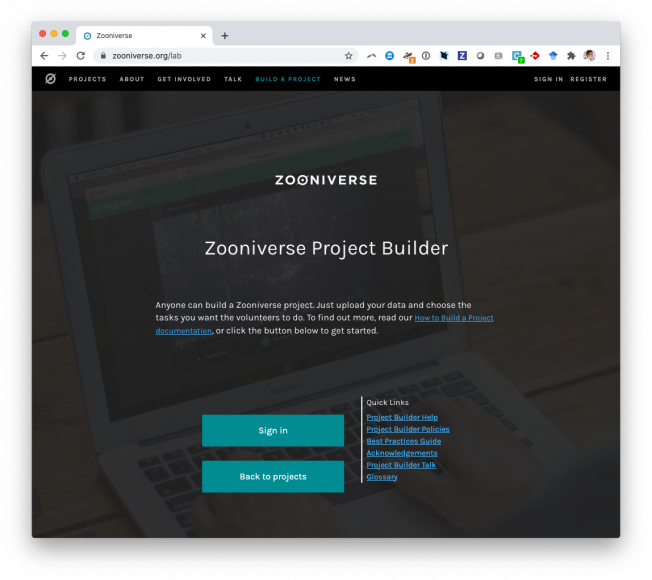Massive elliptical galaxies: From cores to halos
Astrophysical Journal 648:2 I (2006) 826-834
Abstract:
In the context of recent observational results that show massive ellipticals were in place at high redshifts, we reassess the status of monolithic collapse in a ACDM universe. Using a sample of over 2000 galaxies from the Sloan Digital Sky Survey, by comparing the dynamical mass and stellar mass (estimated from colors) we find that ellipticals have "cores" that are baryon-dominated within their half-light radius. These galaxies correspond to 3 σ peaks in the spherical collapse model if the total mass in the halo is assumed to be 20 times the dynamical mass within the half-light radius. This value yields stellar mass-to-total mass ratios of 8%, compared to a cosmological baryon fraction of 18% derived from the first 3 years of WMAP observations alone. We further develop a method for reconstructing the concentration halo parameter c of the progenitors of these galaxies by utilizing adiabatic contraction. Although the analysis is done within the framework of monolithic collapse, the resulting distribution of c is lognormal with a peak value of c ∼ 3-10 and a distribution width similar to the results of N-body simulations. We also derive scaling relations between stellar and dynamical mass and the velocity dispersion, and find that these are sufficient to recover the tilt of the fundamental plane. © 2006. The American Astronomical Society. All rights reserved.Rapid star formation in the presence of active galactic nuclei
Astrophysical Journal 646:II (2006)
Abstract:
Recent observations reveal galaxies in the early universe (2 < z < 6.4) with large reservoirs of molecular gas and extreme star formation rates. For a very large range of sources, a tight relationship exists between star formation rate and the luminosity of the HCN 7 = 1-0 spectral line, but sources at redshifts of z ∼ 2 and beyond do not follow this trend. The deficit in HCN is conventionally explained by an excess of infrared radiation due to active galactic nuclei (AGNs). We show in this Letter not only that the presence of AGNs cannot account for the excess of IR over molecular luminosity, but also that the observed abundance of HCN is in fact consistent with a population of stars forming from near-primordial gas. © 2006. The American Astronomical Society. All rights reserved.Rapid Star Formation in the Presence of Active Galactic Nuclei
ArXiv astro-ph/0606157 (2006)
Abstract:
Recent observations reveal galaxies in the early Universe (2Determining the cosmic ray ionization rate in dynamically evolving clouds
Astronomy and Astrophysics 448:2 (2006) 425-432
Abstract:
The ionization fraction is an important factor in determining the chemical and physical evolution of star forming regions. In the dense, dark starless cores of such objects, the ionization rate is dominated by cosmic rays; it is therefore possible to use simple analytic estimators, based on the relative abundances of different molecular tracers, to determine the cosmic ray ionization rate. This paper uses a simple model to investigate the accuracy of two well-known estimators in dynamically evolving molecular clouds. It is found that, although the analytical formulae based on the abundances of H 3+, H2, CO, O, H2O and HCO + give a reasonably accurate measure of the cosmic ray ionization rate in static, quiescent clouds, significant discrepancies occur in rapidly evolving (collapsing) clouds. As recent evidence suggests that molecular clouds may consist of complex, dynamically evolving sub-structure, we conclude that simple abundance ratios do not provide reliable estimates of the cosmic ray ionization rate in dynamically active regions. © ESO 2006.Massive elliptical galaxies : From cores to haloes
ArXiv astro-ph/0512175 (2005)



